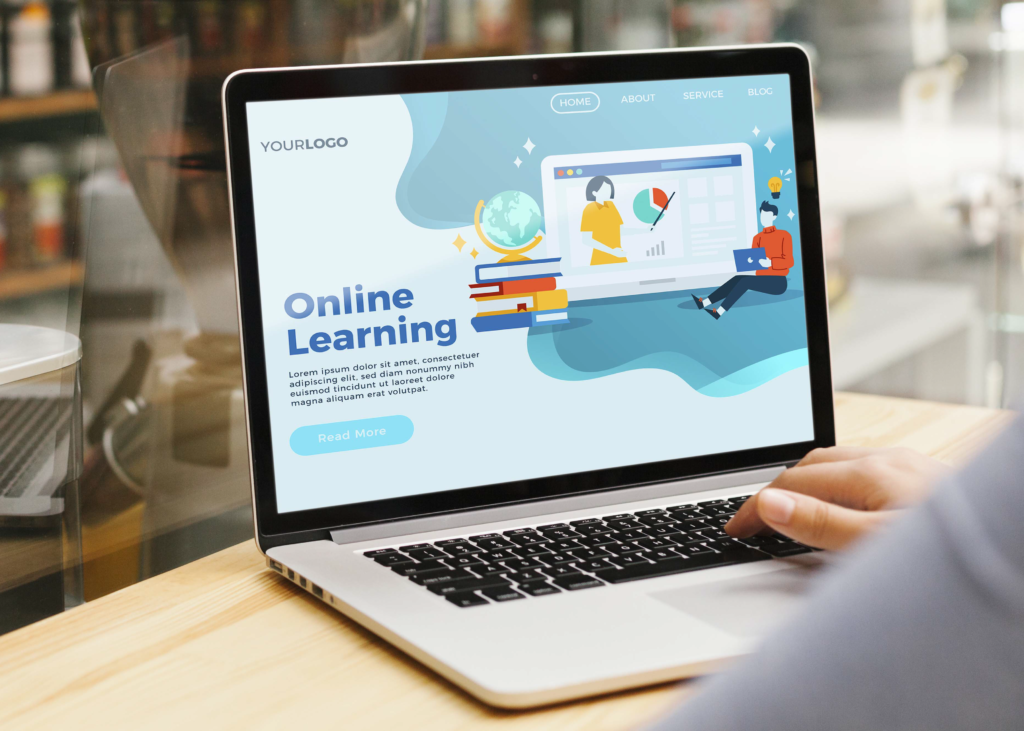New Higher Education Modes Emerge
The last time we saw educational institutions close their doors due to a lockdown was three-quarters of a century ago, during World War II. At present, about 1.72 billion students have been affected by the closure of educational institutions due to Covid-19, and very quickly, it has changed the manner by which students are taught worldwide.
Because students are kept away from school and university premises, educational institutions are in a rush to come up with new instruction and learning methods, with web-based learning being the go-to alternative.
It goes without saying that the traditional teaching model is being changed into a technology-driven model that puts the spotlight on skill advancement. This is bringing about new modes that will go on during the period we call “New Normal” that will decidedly have a significant influence on higher education.
New Trends in Higher Education
More and more students anticipate that their learning will pay off eventually. Automation and digitalization have introduced and will continue to introduce to newer jobs. In this process, many jobs become inessential and workers are displaced. This has resulted in changes in the skills and competencies that companies seek in the recruitment process.
As knowledge and skill upgrades help us cope with the modern economic situation, an increasing number of post-traditional students now form part of the overall student community. Generally, post-traditional students possess one or more of these descriptions:
1. There is a noticeable gap between their enrollment in college after finish high school.
2. They do not study full time. They either study part-time or just take a part of the academic year.
3. They are full-time employees who also attend school.
4. They have financial independence.
5. They have a family.

Together with the necessity for a job-ready labor force, the students’ changing desires and ambitions may have a long-term effect on the path education technology and digitalization. The following are the things that may be part of the modern learning system:
1. Web-based learning
Given the present conditions, it is needless to say that educational institutions are pushing for web-based learning, and numerous academic intellectuals are having conflicts with the new method of teaching. Established institutions are moving their programs to the web to guarantee learning progression in the lockdown situation. However, it is not farfetched that this pattern is going to proceed even after Covid-19. Moving forward, blended learning involving face-to-face learning and web-based learning will become more popular, when the schools and universities go back into operations and implement social distancing.
2. Short-term, skill-based programs
The evolving financial situation is putting a lot of workers in danger of losing their positions. This is additionally reinforced by the ever-developing technological environment. To stay updated and versatile for the working environment, students need to persistently upskill themselves with industry-ready programs. For people to remain resourceful long-term, education has to happen in a manner that it revolves around, equipping people with the appropriate skills that match modern times.
3. Personalized learning
Personalized learning empowers students to learn at their chosen pace and time. The utilization of artificial intelligence can additionally expand this. We can forecast that by the year 2024, almost 50% of education tools will be AI-powered, which would then lead to an AI-driven customized learning experience, each student would profit by a special instructive methodology that is customized for their individual needs.
Clearly, the Covid-19 pandemic has forced the world of education to level with technology. As well, it has made us realize that the way the world operates has changed so much that we need to match our skills and knowledge with the needs of a digital world.
